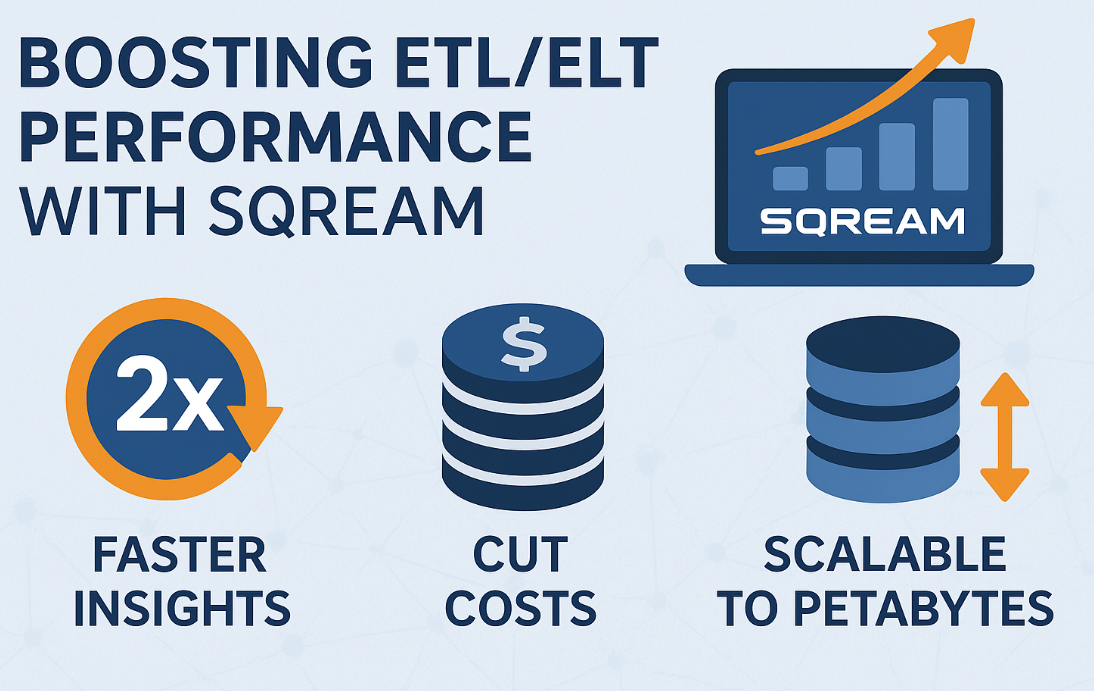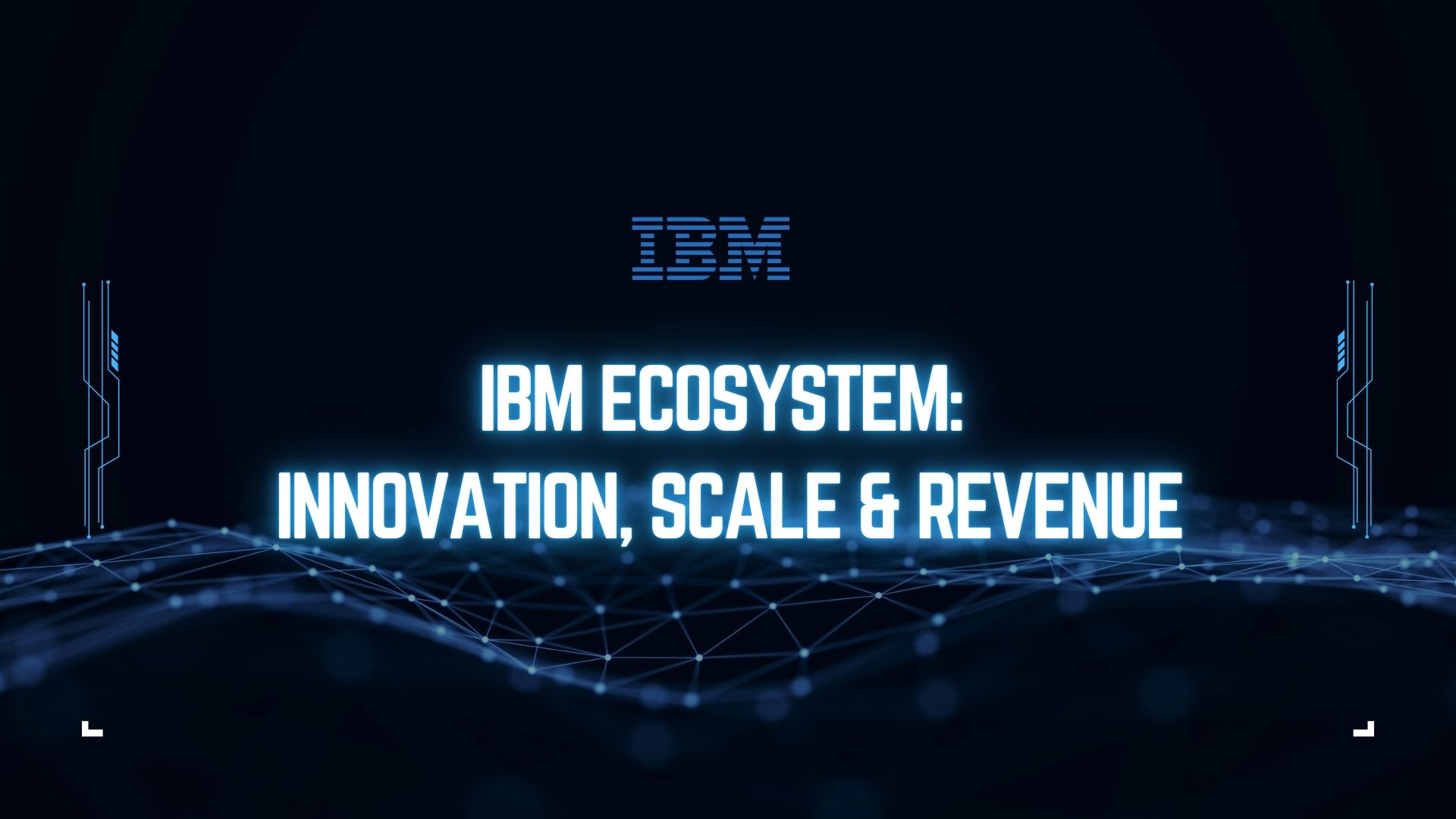As the world shifts towards renewable energy sources, offshore wind farming has emerged as a promising solution to meet our growing energy demands while reducing carbon emissions. However, this industry faces numerous challenges that can impact its efficiency and profitability. In this blog post, we’ll explore how CPLEX and mathematical optimization, also known as mathematical programming, decision optimization, or decision intelligence, can help tackle these challenges and revolutionize the offshore wind farming sector.
Challenges in Offshore Wind Farming
Offshore wind farming is a complex endeavor that involves numerous interconnected decisions and constraints. Some of the key challenges faced by this industry include:
- Wind farm layout optimization is a critical challenge in offshore wind farming. The placement of turbines affects the overall energy output and the wake effects between turbines. Suboptimal layouts can lead to reduced energy production and increased maintenance costs.
- Maintenance scheduling is another significant challenge. Offshore wind farms are subject to harsh marine environments, making maintenance both crucial and difficult. Balancing the need for regular maintenance with the desire to maximize uptime and energy production is a complex optimization problem.
- Supply chain management presents its own set of challenges. Coordinating the manufacturing, transportation, and installation of large turbine components across vast distances requires careful planning and optimization to minimize costs and delays.
- Grid integration is a critical aspect of offshore wind farming. Optimizing the connection between offshore wind farms and onshore power grids, while considering factors such as transmission losses and grid stability, is a complex task that requires sophisticated optimization techniques.
- Lastly, financial optimization is crucial for the success of offshore wind projects. This involves balancing capital expenditures, operational costs, and expected revenue over the lifetime of the wind farm, while considering uncertainties in wind patterns and energy prices.
CPLEX and Mathematical Optimization: A Powerful Solution
IBM ILOG CPLEX Optimization Studio, commonly known as CPLEX, is a powerful optimization software package that can be applied to these challenges. CPLEX, combined with mathematical optimization techniques, provides a robust framework for modeling and solving complex decision-making problems in the offshore wind industry.
Technical Aspects
From a technical standpoint, CPLEX offers a range of optimization algorithms that can be applied to various aspects of offshore wind farming. For wind farm layout optimization, mixed-integer programming models can be developed to maximize energy output while considering wake effects and geographical constraints. These models can incorporate complex wake models and use historical wind data to predict energy production under different layout scenarios.
For maintenance scheduling, constraint programming techniques within CPLEX can be used to create optimal maintenance schedules. These models can consider factors such as weather windows, resource availability, and the criticality of different components to create schedules that maximize turbine availability while minimizing maintenance costs.
Supply chain optimization can be addressed using a combination of linear programming and constraint programming techniques. These models can optimize the entire supply chain, from component manufacturing to final installation, considering factors such as transportation costs, storage capacities, and installation vessel schedules.
Grid integration challenges can be tackled using nonlinear optimization techniques within CPLEX. These models can optimize power flow, considering factors such as transmission losses, grid stability constraints, and the variability of wind power generation.
Financial optimization can be addressed using stochastic programming techniques. These models can incorporate uncertainties in wind patterns, energy prices, and technology costs to optimize investment decisions and operational strategies over the lifetime of the wind farm.
Business Aspects
From a business perspective, the application of CPLEX and mathematical optimization can provide significant competitive advantages. By optimizing wind farm layouts, companies can increase their energy output without increasing the number of turbines, leading to improved return on investment.
Optimized maintenance schedules can reduce downtime and maintenance costs, directly impacting the bottom line. This can also improve the reliability of energy supply, potentially leading to more favorable power purchase agreements.
Supply chain optimization can lead to significant cost savings and improved project timelines. This can be particularly crucial in an industry where delays can be extremely costly and can impact project financing.
Improved grid integration can enhance the value of offshore wind farms by ensuring more stable and predictable power supply to the grid. This can lead to better pricing and potentially open up new revenue streams through ancillary services to the grid.
Financial optimization can help companies make more informed investment decisions, better manage risks, and improve the overall financial performance of their offshore wind projects.
Need CPLEX Training? Enroll for
Potential ROI and Benefits
The application of CPLEX and mathematical optimization in offshore wind farming can lead to substantial returns on investment (ROI) and numerous benefits:
- Increased Energy Production: Optimized wind farm layouts can increase energy production by 5-10% without additional turbines. This translates directly to increased revenue over the lifetime of the wind farm.
- Reduced Maintenance Costs: Optimized maintenance schedules can reduce maintenance costs by 10-20% while improving turbine availability. This dual benefit of cost reduction and increased production can significantly improve profitability.
- Supply Chain Efficiency: Supply chain optimization can lead to cost savings of 5-15% in logistics and installation costs. Given the scale of offshore wind projects, these savings can amount to millions of dollars.
- Improved Grid Integration: Better grid integration can reduce curtailment (forced reduction of wind farm output due to grid constraints) by up to 50%, directly increasing the sellable energy output.
- Enhanced Financial Performance: Comprehensive financial optimization can improve the Internal Rate of Return (IRR) of offshore wind projects by 1-2 percentage points, which can be the difference between a project being financially viable or not.
- Risk Reduction: By considering uncertainties and optimizing across various scenarios, these techniques can also help reduce the overall risk profile of offshore wind projects, potentially leading to better financing terms and increased investor confidence.
Cresco International: Your Partner in Decision Optimization
Cresco International, as an IBM trusted partner and a consulting firm with expertise in decision optimization and CPLEX, is uniquely positioned to help businesses in the offshore wind sector harness the power of mathematical optimization. With years of experience in developing customized decision optimization solutions, Cresco International brings a wealth of knowledge and practical insights to every project.
The team at Cresco International understands that each offshore wind project is unique, with its own set of challenges and constraints. They take a collaborative approach, working closely with clients to understand their specific needs and objectives. This deep understanding allows them to develop tailored optimization models that address the precise challenges faced by each client.
Cresco International’s expertise spans the entire spectrum of offshore wind farming challenges. They can develop sophisticated wind farm layout optimization models that consider not just wake effects and energy production, but also factors like seabed conditions, environmental impact, and construction costs. Their maintenance optimization solutions go beyond simple scheduling to incorporate predictive maintenance techniques, leveraging data from turbine sensors to anticipate maintenance needs and optimize interventions.
In the realm of supply chain optimization, Cresco International’s solutions can integrate with existing enterprise resource planning (ERP) systems to provide real-time optimization of logistics and inventory management. Their grid integration models can help wind farm operators maximize the value of their energy production by optimizing power flow and ancillary services provision.
One of the key strengths of Cresco International is their ability to develop holistic optimization solutions that consider the entire lifecycle of an offshore wind project. Their financial optimization models can help developers and investors make informed decisions at every stage, from initial site selection and technology choice to operational strategies and eventual decommissioning.
By partnering with Cresco International, businesses in the offshore wind sector can expect not just a technical solution, but a transformative approach to decision-making. The optimization models developed by Cresco International can become a central part of a company’s strategic planning and operational management, providing data-driven insights that can guide decision-making at all levels of the organization.
In an industry where margins can be tight and the stakes are high, the competitive advantage provided by Cresco International’s expertise in CPLEX and mathematical optimization can be game-changing. As the offshore wind sector continues to grow and evolve, those companies that embrace advanced optimization techniques will be best positioned to thrive in this challenging but rewarding industry.
Want to Buy CPLEX? Visit
Conclusion
The offshore wind farming industry stands at the cusp of a new era, driven by the power of advanced optimization techniques. CPLEX and mathematical optimization offer solutions to the complex challenges faced by this sector, from wind farm layout and maintenance scheduling to supply chain management and financial planning.
The potential benefits are substantial, including increased energy production, reduced costs, improved grid integration, and enhanced financial performance. As the industry continues to grow and mature, those companies that embrace these optimization techniques will be best positioned to succeed in this competitive landscape.
With partners like Cresco International, businesses in the offshore wind sector can leverage the full potential of CPLEX and mathematical optimization. By developing customized, holistic optimization solutions, Cresco International helps its clients navigate the complexities of offshore wind farming, turning challenges into opportunities and driving the industry towards a more efficient, profitable, and sustainable future.
As we look to a future powered by renewable energy, the role of offshore wind farming will only grow in importance. By harnessing the power of CPLEX and mathematical optimization, we can ensure that this vital industry reaches its full potential, contributing to a cleaner, more sustainable energy landscape for generations to come.











